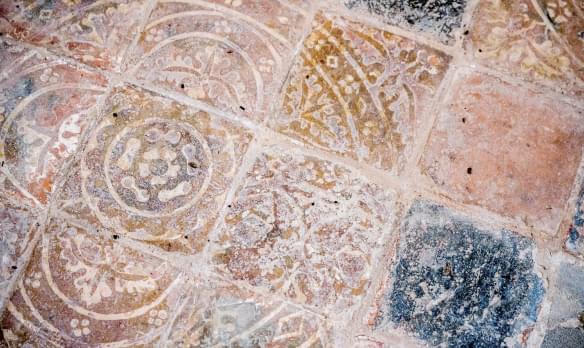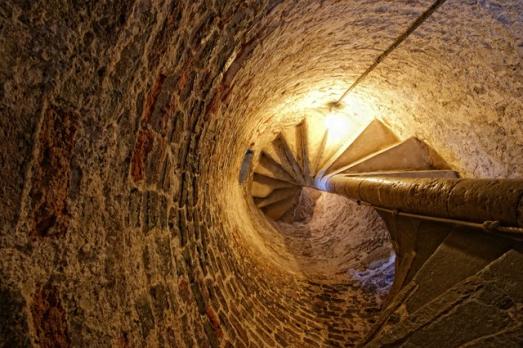
St Margaret
Dunham Massey, Cheshire | WA14 4AQ
We have supported this church
Search for a fascinating place to visit, or see the variety of churches, chapels and meeting houses we have supported.

Dunham Massey, Cheshire | WA14 4AQ
We have supported this church

Manchester, Greater Manchester | M4 4EX
Fine neo gothic church by Weighman & Hadfield, opened in 1847 with many original features.

Salford, Greater Manchester | M3 5DW
Originally a Jacobean church, the oldest in Salford and the only one of its name in the country.
We have supported this church

Warmington, Warwickshire | OX17 1DA
The earliest part of St Michael's is the 12th century nave.

Morley, Yorkshire | LS27 9PA
St Peter's Morley was built in 1830 and was one of the million churches' provided after the Battle of Waterloo by a special Parliamentary fund.

Wisbech, Cambridgeshire | PE13 1EH
We have supported this church

Barton upon Humber, Lincolnshire | DN18 5EZ
Our medieval church was originally one of two in the town, St Peter's is now in the custody of English Heritage.

Covenham St Bartholomew, Lincolnshire | LN11 0PF
This cruciform 14th century church with its wooden, slate dressed tower and a Georgian lead roof was sadly made redundant in 1980.

Wisbech, Cambridgeshire | PE13 1HP
In the centre of the town, just to the east of the site of what was once an important castle, and close to the River Nene, this church has a long and complex history, all reflected in its unusual internal arrangements.

Chadderton, Greater Manchester | OL1 2RE
A beautiful Victorian country church set in the suburbs of Chadderton.

Salford, Lancashire | M3 5LL
It is a classic Gothic building from the mid 1800s, with a lot of stained glass, a lovely east window, and a very special War Chapel.

Wainfleet All Saints, Lincolnshire | PE25 4JD
The simple preaching house style of All Saints has been modified over the years and in particular by the addition of the Gothic style chancel and high altar.